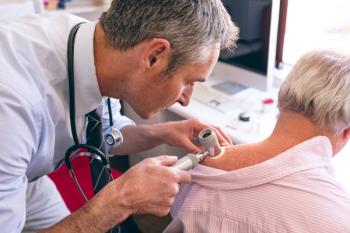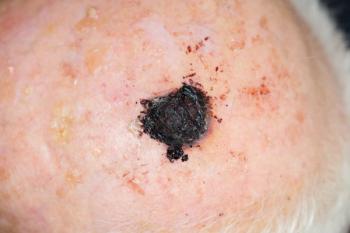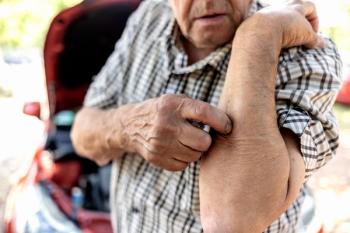
Nonablative laser improves appearance of old scars
A nonablative fractional laser improves the appearance of mature burn scars, according to results of a recent study.
A nonablative fractional laser improves the appearance of mature burn
Investigators with the University of Copenhagen, Denmark, evaluated the clinical and histological long-term outcome of the 1,540 nm fractional Er:Glass laser on superficial and deep components of mature burn scars, according to the
Patients were followed-up at one, three and six months. The primary outcome was improvement in overall scar appearance on a modified Patient and Observer Scar Assessment Scale (mPOSAS, 1=normal skin, 10=worst imaginable scar). Secondary outcomes included histology, patient satisfaction (0-10), patient-assessed improvement and safety.
Scar appearance in scars treated with the
The laser treatments caused mild-to-moderate pain, and adverse events included discrete erythema, hyperpigmentation and imprints from
The study findings were published online in
Related content:
Newsletter
Like what you’re reading? Subscribe to Dermatology Times for weekly updates on therapies, innovations, and real-world practice tips.


















